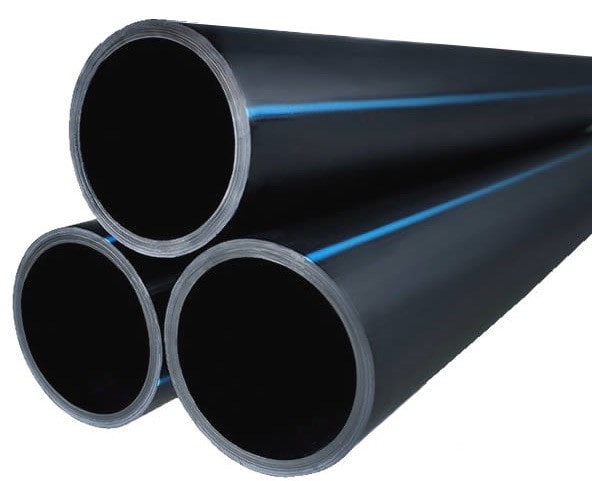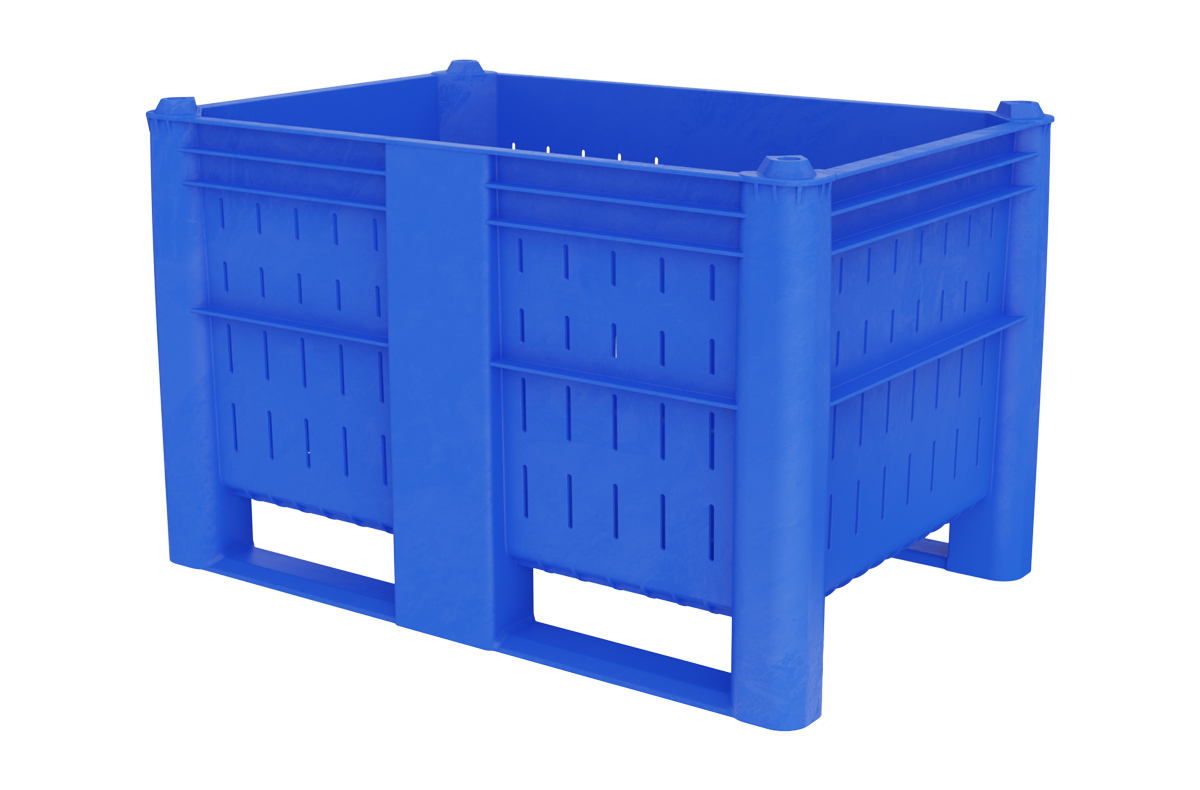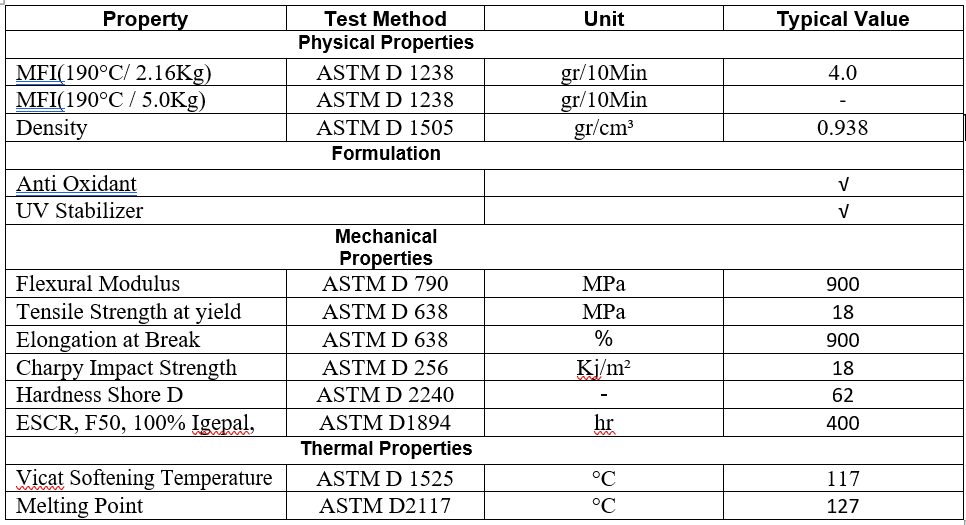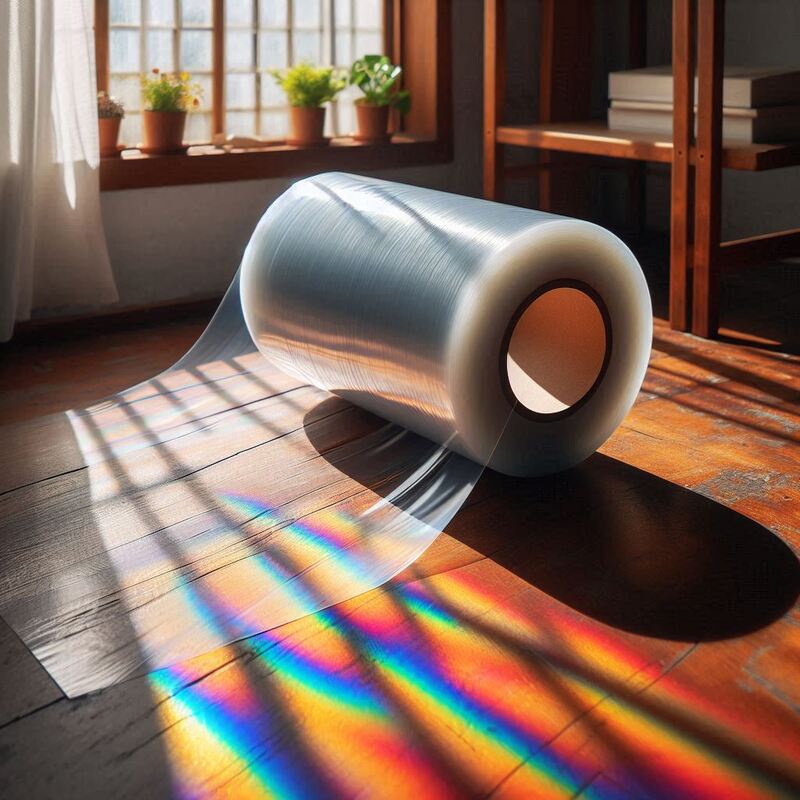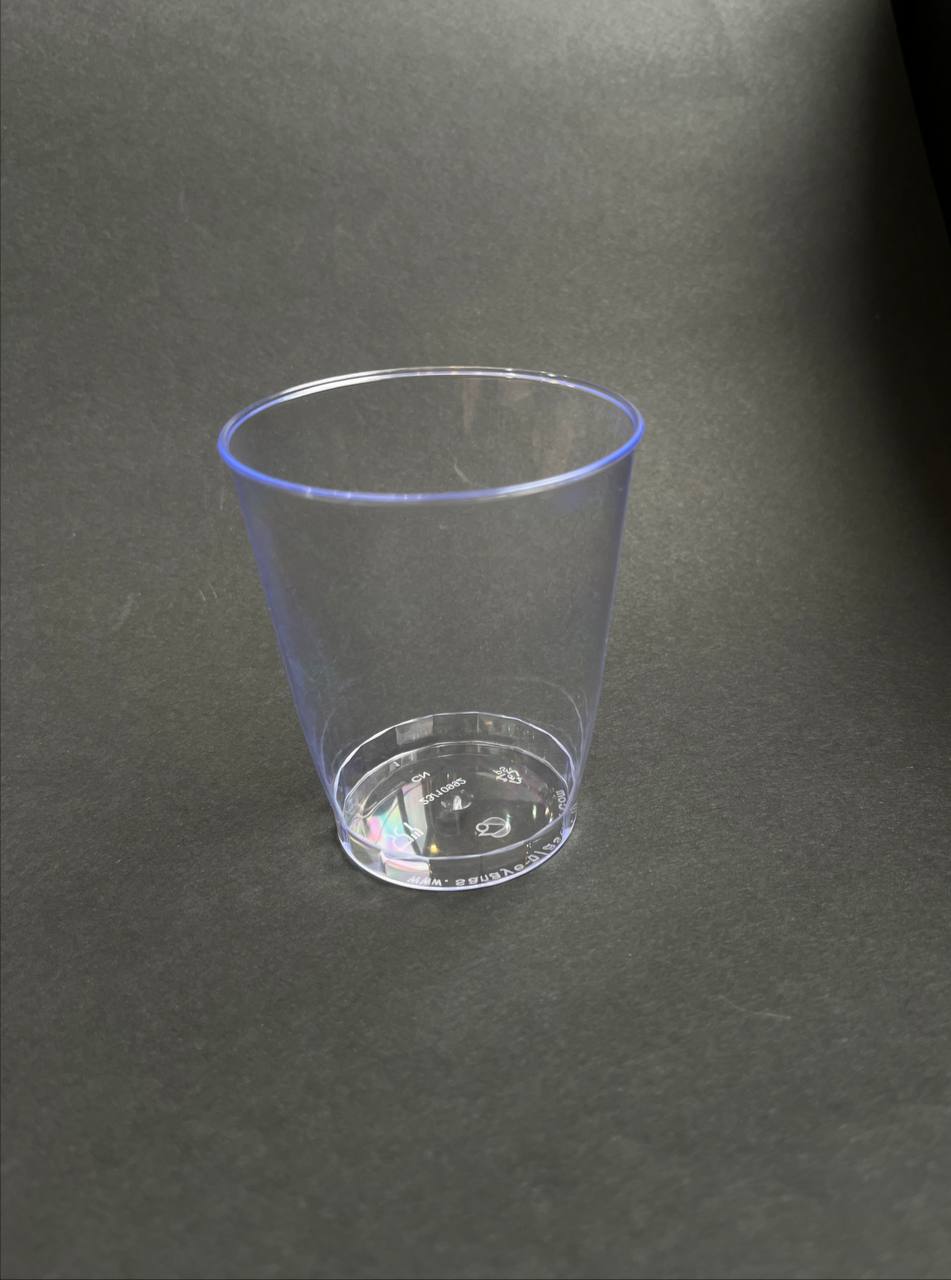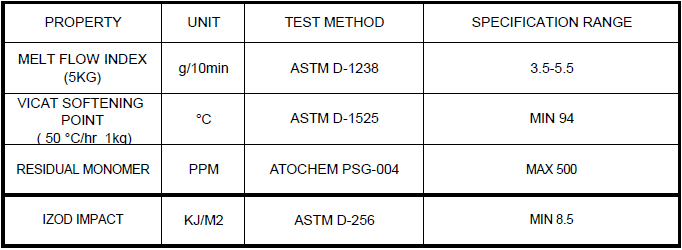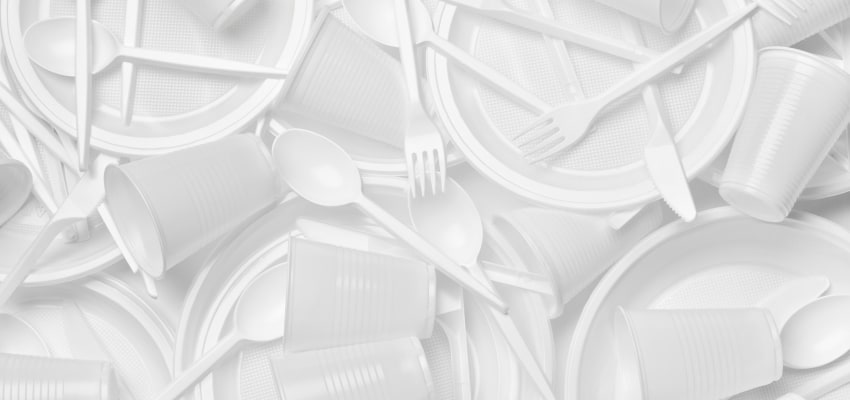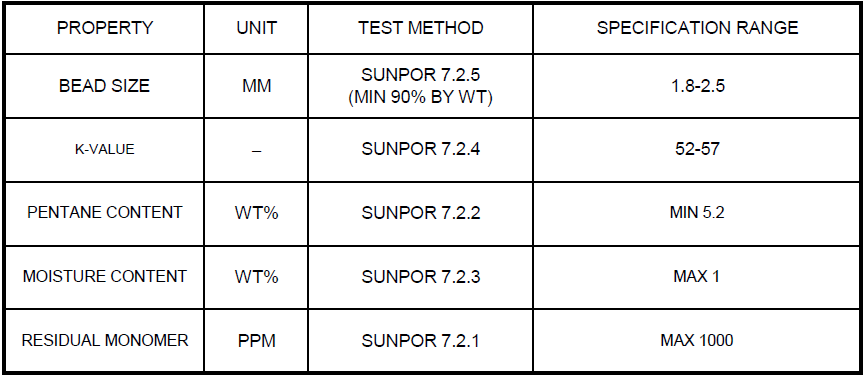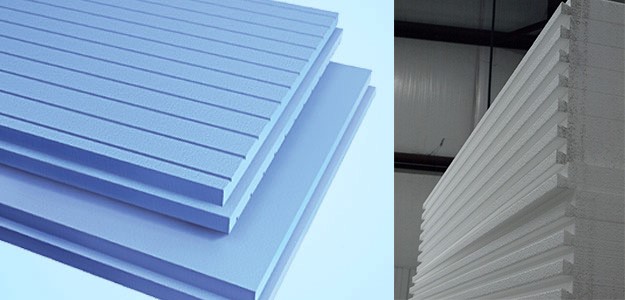Light polyethylene is a type of polyethylene produced by polymerization of ethylene with small amounts of alpha olefins such as butene and hexane. Light polyethylene compound is used in various industries such as packaging, which includes containers, films and bags.
Application of light polyethylene compound
Light polyethylene compound is used in automobile manufacturing for the production of internal and external parts, construction, pipes and consumer goods. This polymer is produced by methods such as injection molding, compression molding, extrusion, and rotational molding. It is also used in the pharmaceutical industry to produce bottles, medicine containers, laminates and garbage bags.
Polyethylene and polypropylene are thermoplastic polymers that have similar appearances. However, they are completely different in chemical properties, physical properties, application, and production process, and should be selected in the production of the final product according to their characteristics.
Compound of polymer raw materials is a set of polymer raw materials, colored particles and reinforcements that increases the final properties of the polymer and can be used in various industries including construction facilities and automobiles.
Among the advantages of light polyethylene compound, we can mention resistance to sunlight, economical cost, better plasticity of polyethylene compound and proper stability of manufactured products, which has led to more applications.
One of the important things when buying polyethylenes is distinguishing PET and polyethylene, which are similar to each other, but have different uses and properties, which are explained in the article on the difference between polyethylene terephthalate and polyethylene.
Among the advantages of light polyethylene compound, we can mention resistance to sunlight, economical cost, better plasticity of polyethylene compound and proper stability of manufactured products, which has led to more applications. The difference between compound and masterbatch is in their application, in such a way that compound is used to produce the final product, but masterbatch transfers certain properties to the final product.
In addition to the above, to distinguish a quality compound from a poor one, factors such as tensile strength and impact resistance, hardness and flexibility, melting and softening temperatures, moisture content, and chemical resistance should also be considered.
For more information, you can contact us through our address and contact number.
Related posts:
What is polyethylene/www.wci-polimer.com
Plastic raw materials/www.wci-polimer.com
What are compounds and granules of polymer materials?/www.wci-polimer.com
- ۰ ۰
- ۰ نظر



